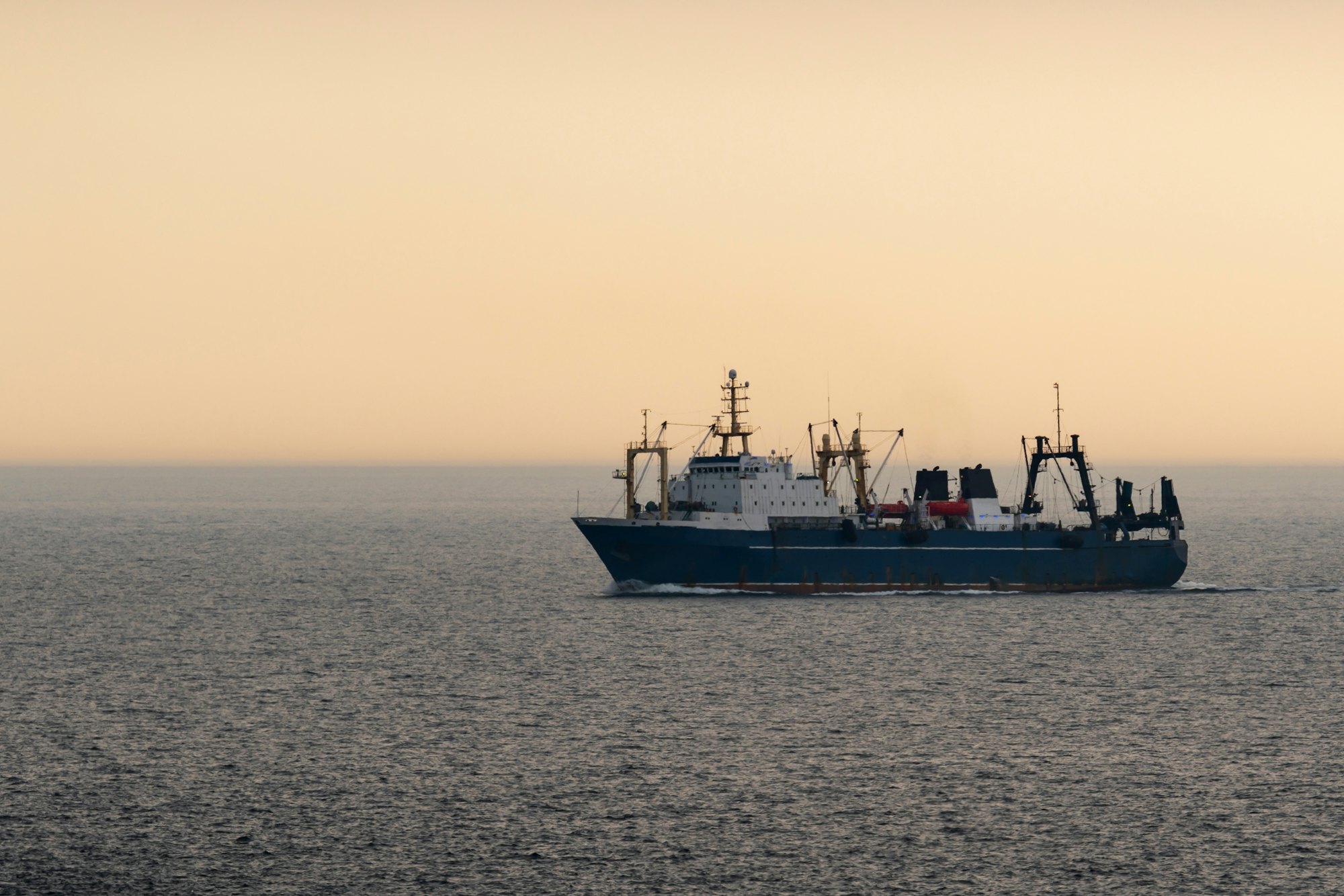
An ambitious new solar project seems too good to be true.
Australia is the world’s third-largest fossil fuel exporter – a fact that generates intense debate as climate change intensifies. While the economy is heavily reliant on coal and gas export revenues, these fuels create substantial greenhouse gas emissions when burned overseas.
Australia doesn’t currently export renewable energy. But an ambitious new solar project is poised to change that.
The proposed Sun Cable project envisions a ten-gigawatt capacity solar farm (with about 22 gigawatt-hours of battery storage) laid out across 15,000 hectares near Tennant Creek, in the Northern Territory. Power generated will supply Darwin and be exported to Singapore via a 3,800km cable slung across the seafloor.
Sun Cable, and similar projects in the pipeline, would tap into the country’s vast renewable energy resources. They promise to provide an alternative to the export business of coal, iron ore and gas.
As experts of east-Asian energy developments, we welcome Sun Cable. It could pioneer a renewable energy export industry for Australia, creating new manufacturing industries and construction jobs. Importantly, it could set our economy on a post-fossil fuel trajectory.
Long-term cost benefits
Sun Cable was announced last year by a group of Australian developers. The project’s proponents say it would provide one-fifth of Singapore’s power supply by 2030, and replace a large share of fossil fuel-generated electricity used in Darwin.
To export renewable energy overseas, a high-voltage (HV) direct current (DC) cable would link the Northern Territory to Singapore. Around the world, some HVDC cables already carry power across long distances. One ultra-high-voltage direct current cable connects central China to eastern seaboard cities such as Shanghai. Shorter HVDC grid interconnectors operate in Europe.
The fact that long-distance HVDC cable transmission has already proven feasible is a point working in Sun Cable’s favor.
The cost of generating solar power is also falling dramatically. And the low marginal cost (cost of producing one unit) of generating and transporting renewable power offers a further advantage.
The A$20 billion-plus proposal’s biggest financial hurdle was covering initial capital costs. In November last year, billionaire Australian investors Mike Cannon-Brookes and Andrew “Twiggy” Forrest provided initial funding to the tune of up to A$50 million. Cannon-Brookes said while Sun Cable seemed like a “completely batshit insane project”, it appeared achievable from an engineering perspective.
Sun Cable is expected to be completed in 2027.
Bringing in business
The proposal would also bring business to local high-technology companies. Sun Cable has contracted with Sydney firm 5B, to use its “solar array” prefabrication technology to accelerate the building of its solar farm. The firm will pre-assemble solar panels and deliver them to the site in containers, ready for quick assembly.
The Northern Territory government has also shown support, granting Sun Cable “major project” status. This helps clear potential investment and approval barriers.
Across Australia, similar renewable energy export plans are emerging. The Murchison Renewable Hydrogen Project in Western Australia will use the energy produced by solar and wind farms to create renewable hydrogen, transported to east Asia as liquid hydrogen.
Similarly, the planned Asian Renewable Energy Hub could have renewable hydrogen generated in Western Australia’s Pilbara region at 15 gigawatts. This would also be exported and supplied to local industries.
These projects align with the Western Australian government’s ambitious Renewable Hydrogen Strategy. It’s pushing to make clean hydrogen a driver for the state’s export future.
Inverse for more
